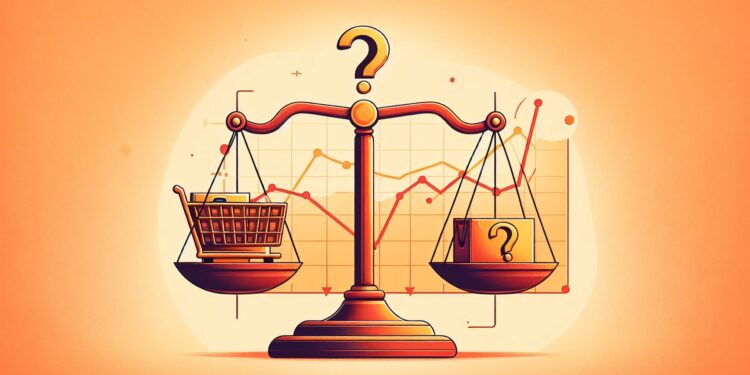The vigor of the US economy is significantly tied to consumer expenditures, representing more than two-thirds of the national GDP. Yet, changes in consumer habits have sparked worries regarding the viability of this spending and its potential consequences for the economy. Despite a deceleration in job creation and a rise in the unemployment rate in July, consumer expenditure has remained fairly strong.
Although wage growth is continuing, it is occurring at a slower pace, and layoffs remain minimal. Gregory Daco, the chief economist at EY-Parthenon, asserts that “there’s no indication of a major pullback in consumer spending.”
The resilience of consumer expenditures contributed to a surprisingly robust economic growth in the spring. However, this situation may shift if the slowdown in the labor market becomes more pronounced.
Consumers with lower incomes are already grappling with the burden of rising prices and high interest rates, affecting their financial situations. There is an uptick in credit card delinquencies, and savings accumulated during the pandemic are dwindling.
Indicators of Changing Consumer Behavior
In June, Americans set aside less disposable income compared to the prior year. Corporate leaders admit that customers are not spending as freely as they once did and are preparing for a continued decline. For instance, Disney noted a “moderation of consumer demand” that “surpassed our earlier projections” at its amusement parks, which are vital to its financial health.
Hugh F. Johnston, CFO of Disney, informed analysts that “the lower-income consumer is experiencing some strain,” resulting in less disposable income for entertainment. Retailers are also noting evolving trends in consumer spending, and a more transparent overview will be available in the coming weeks when companies like Walmart, Target, and Macy’s disclose their latest quarterly financial results.
While consumer spending has been the backbone of the economic recovery following the pandemic, the current cautious attitude among consumers indicates possible challenges in the future. This developing pattern in consumer behavior needs close attention, as ongoing spending is crucial to circumventing an economic downturn.


